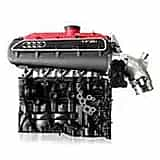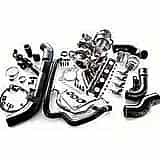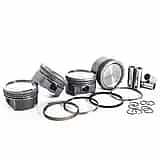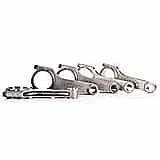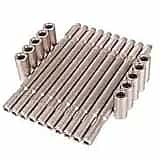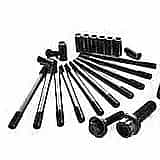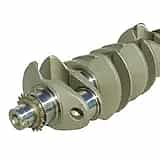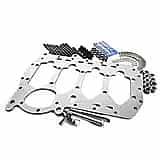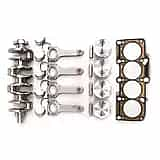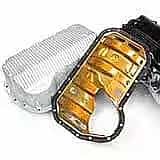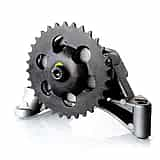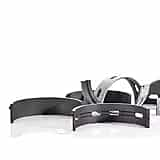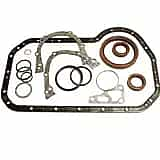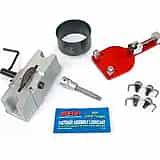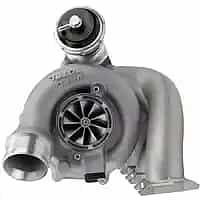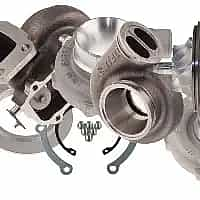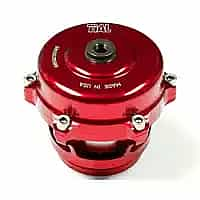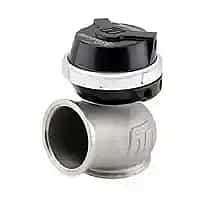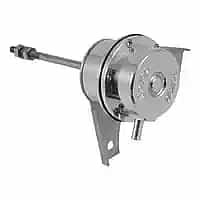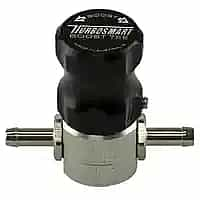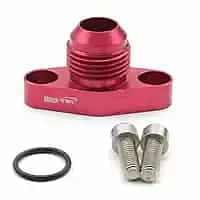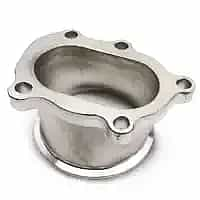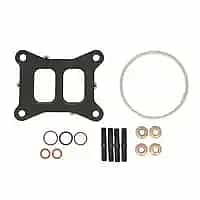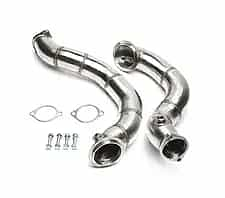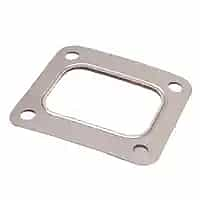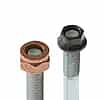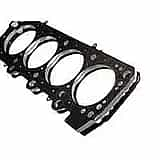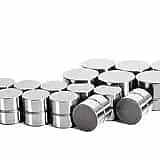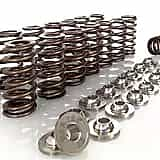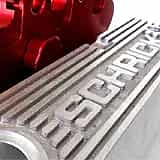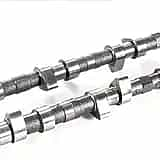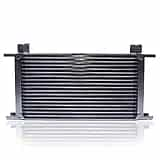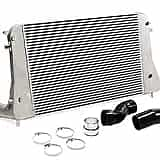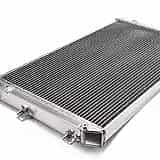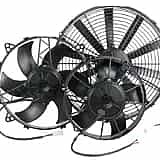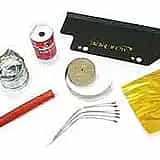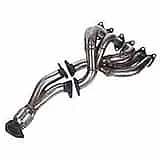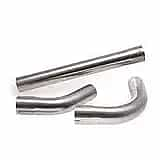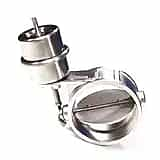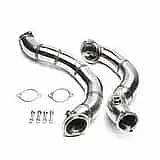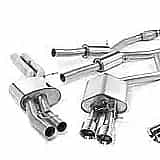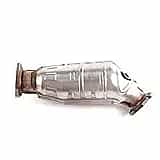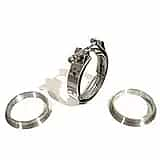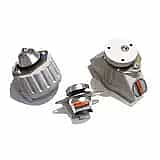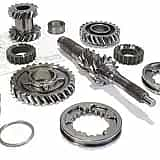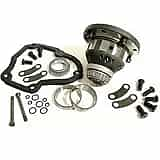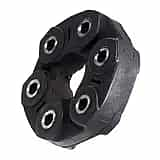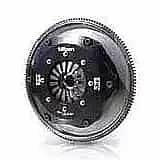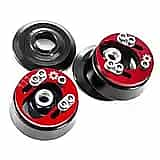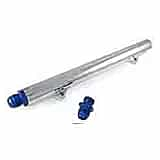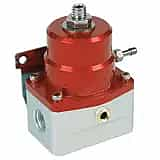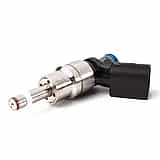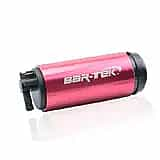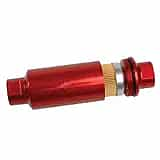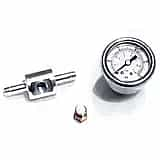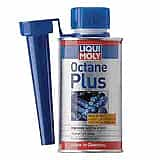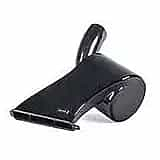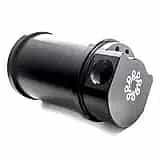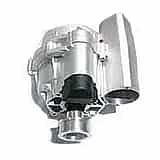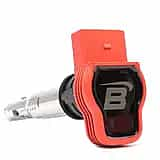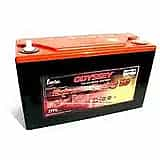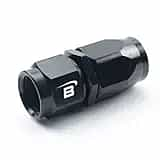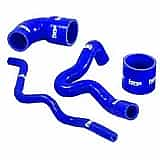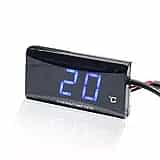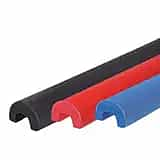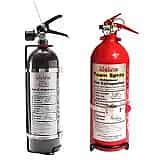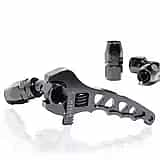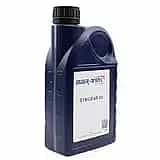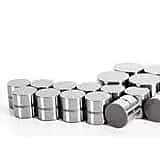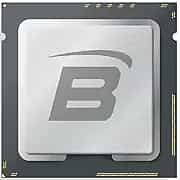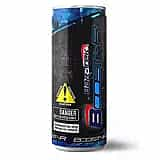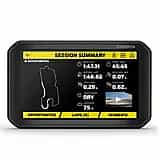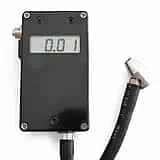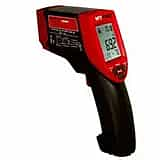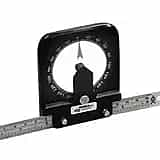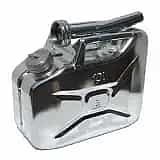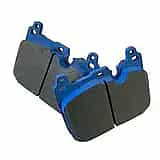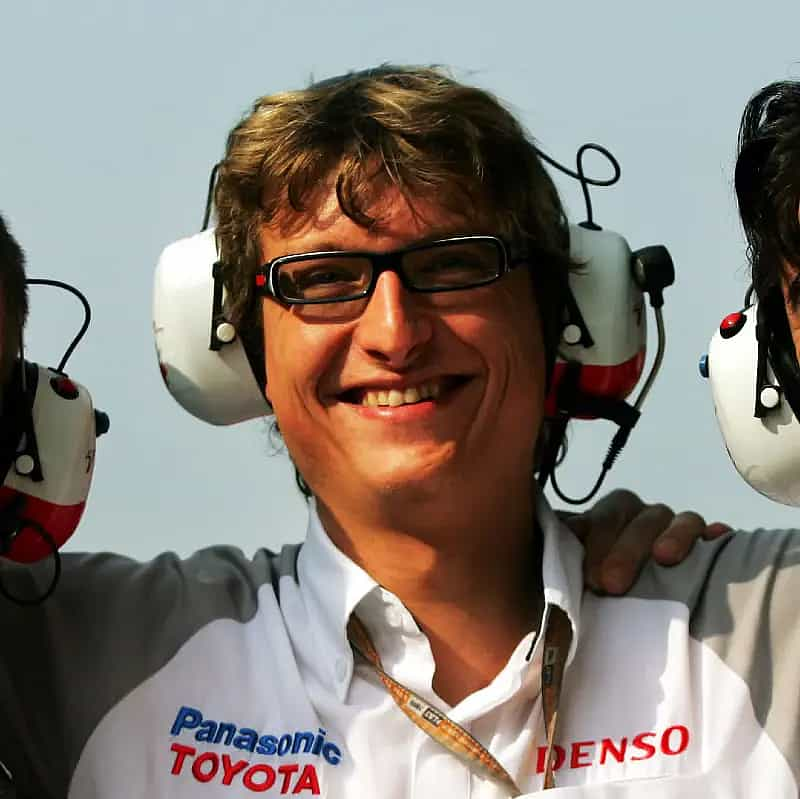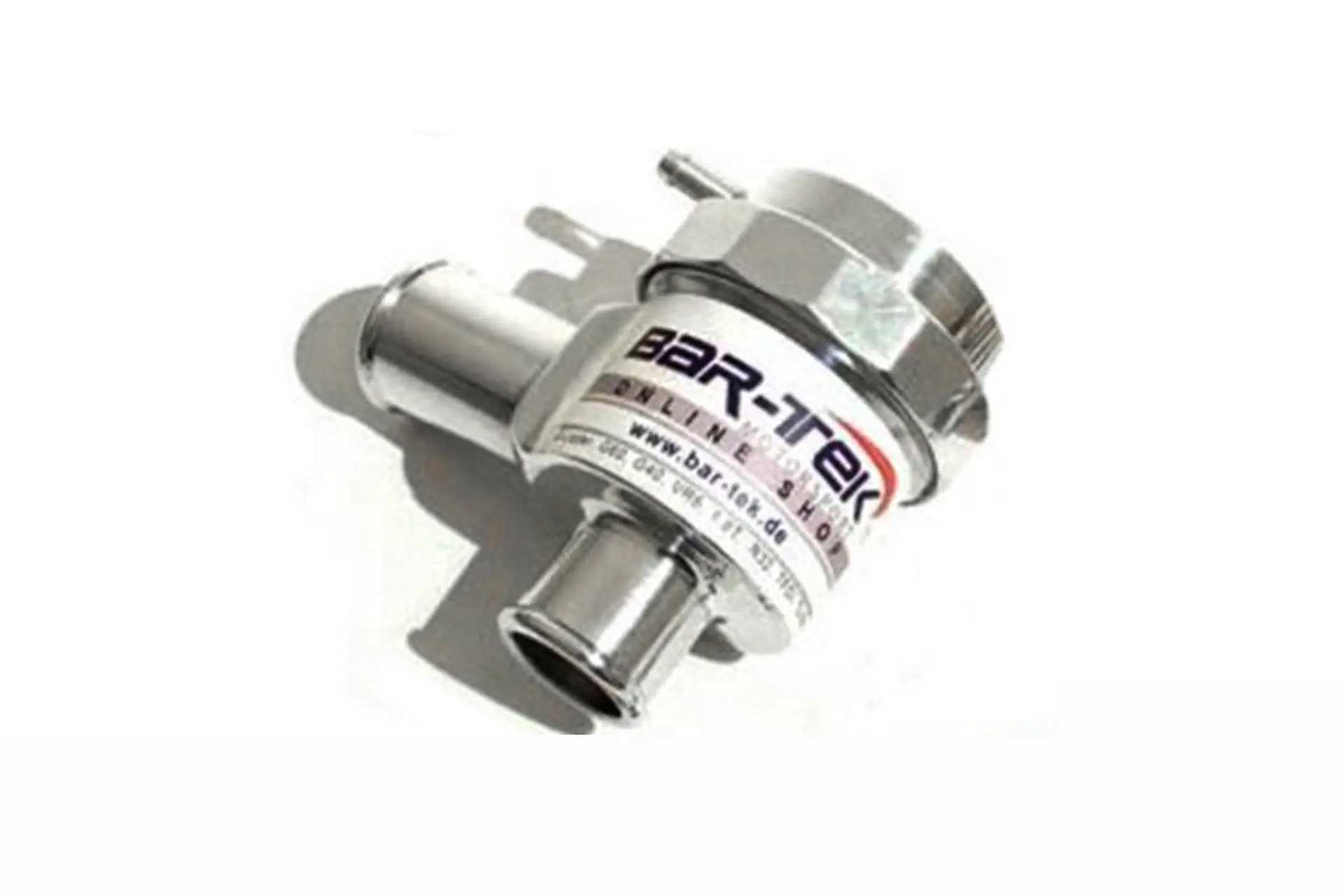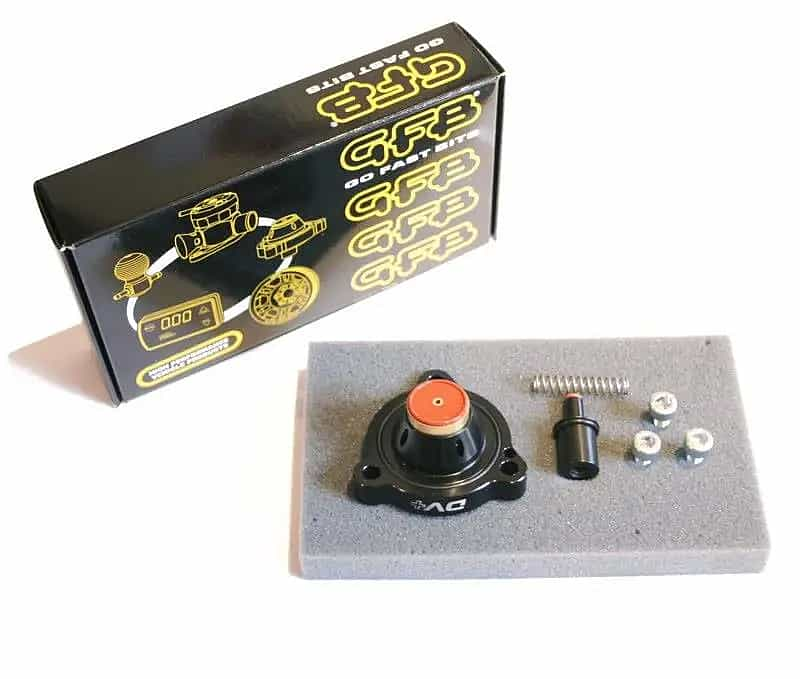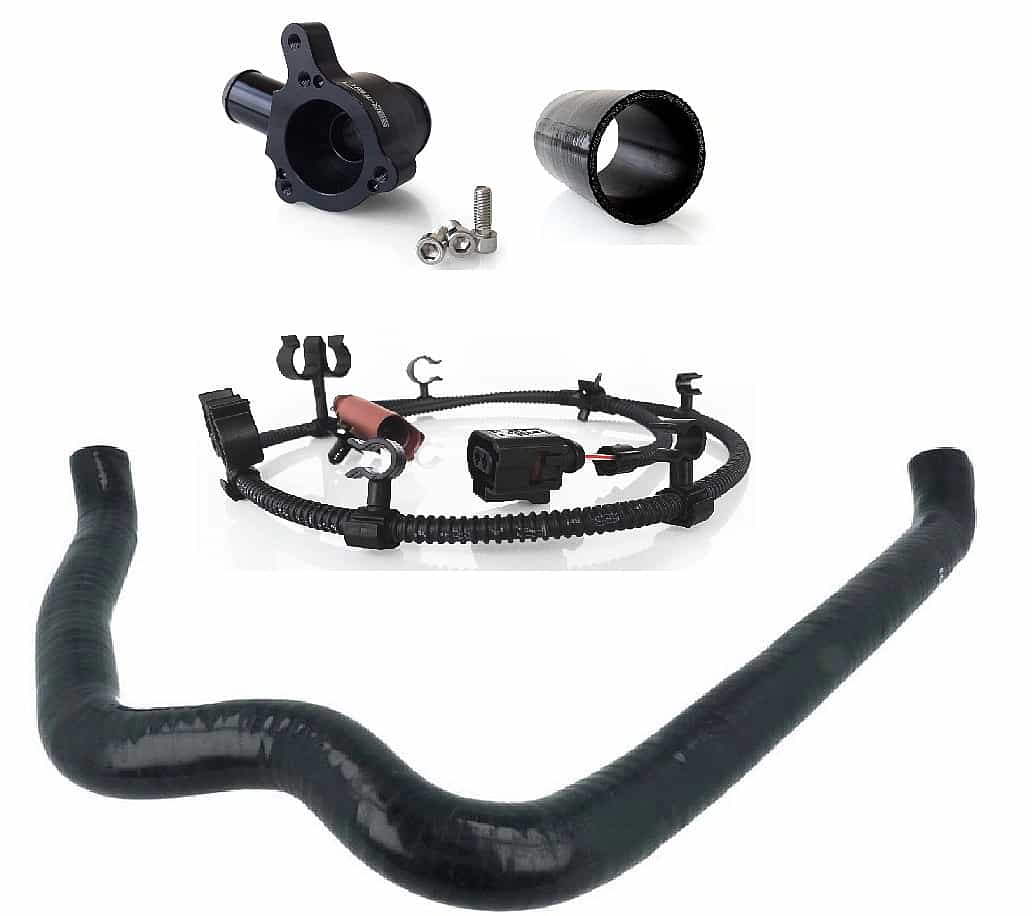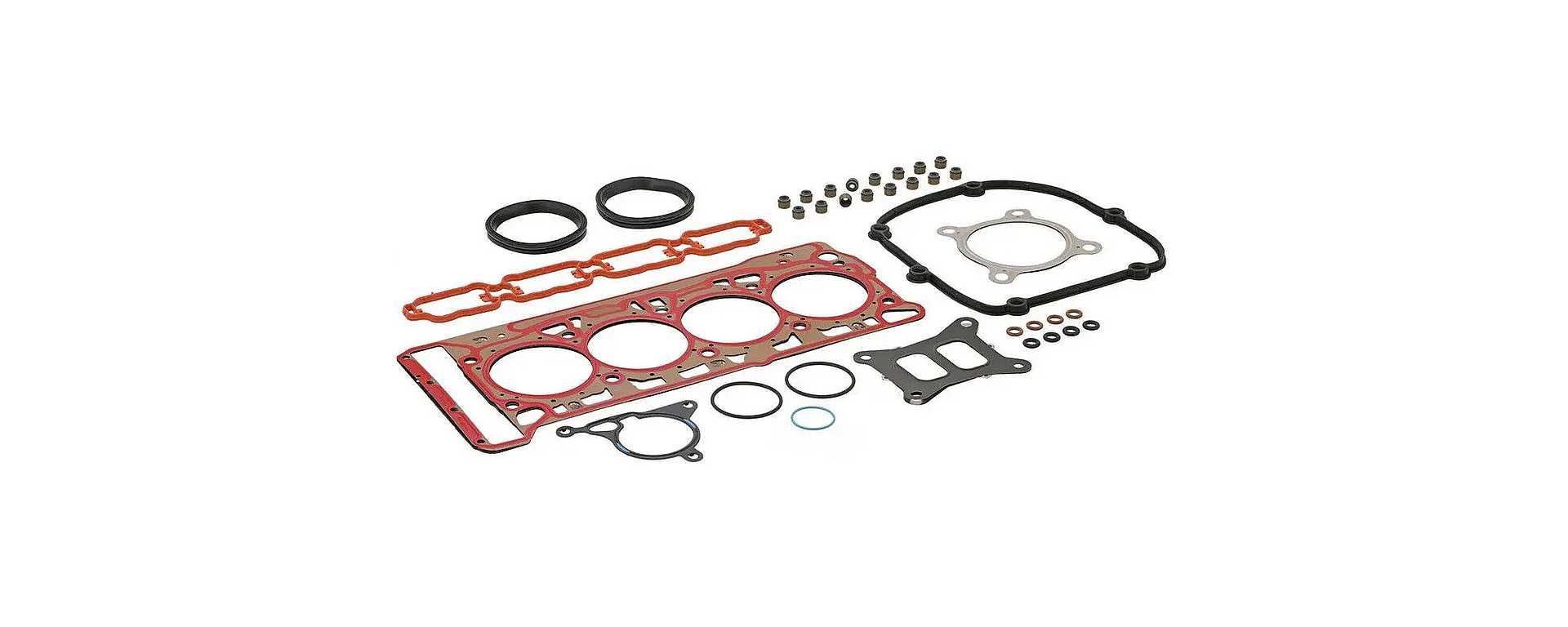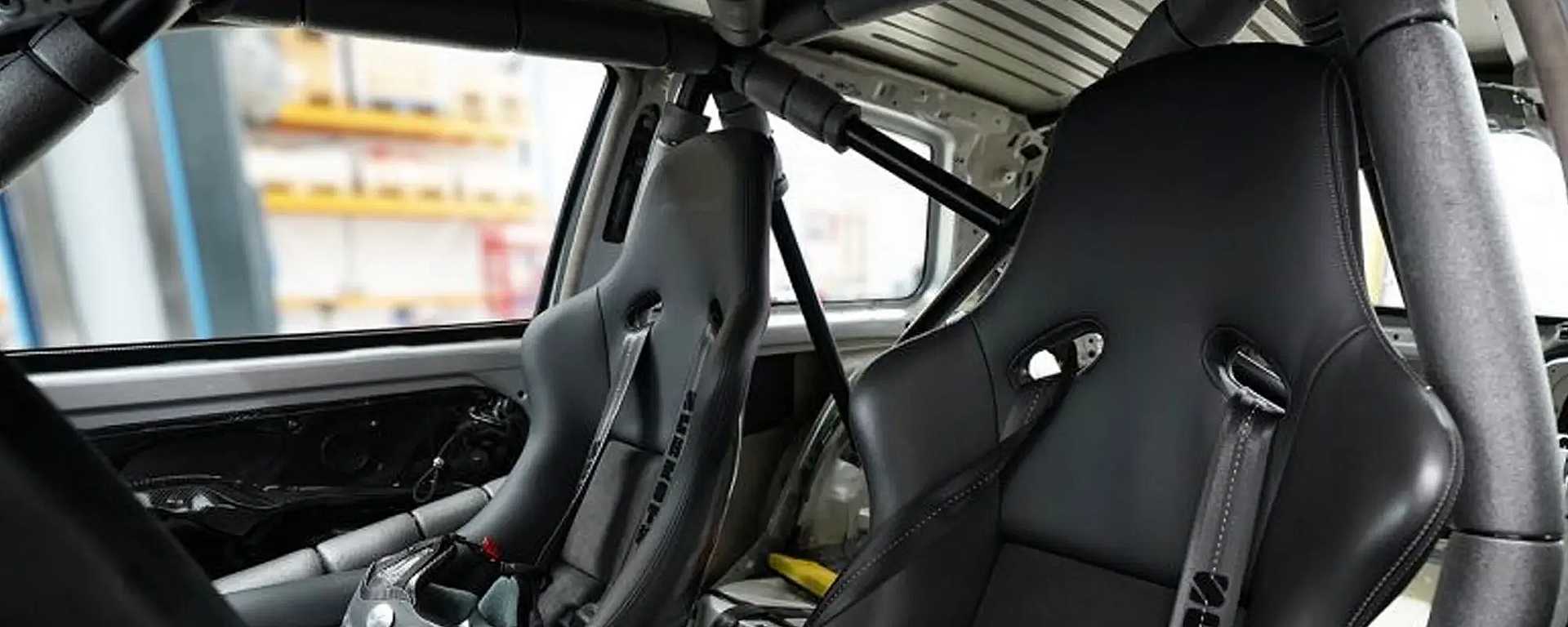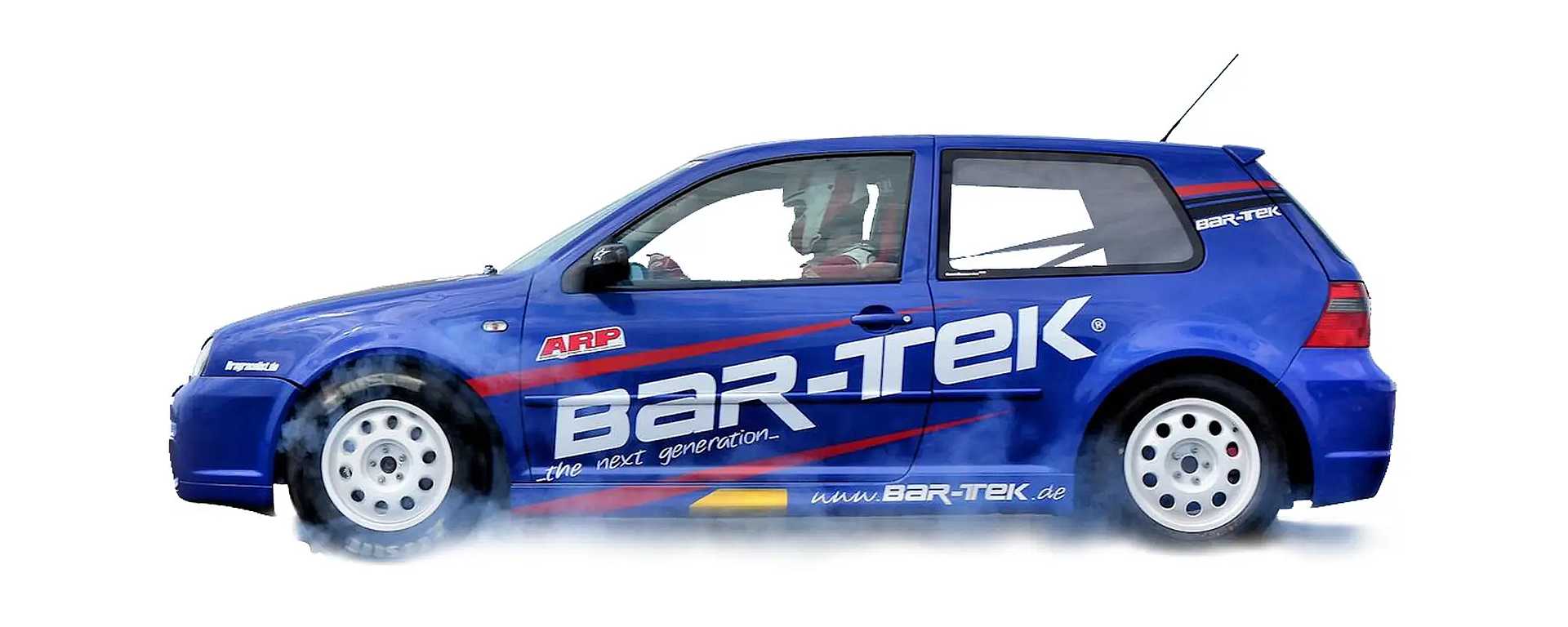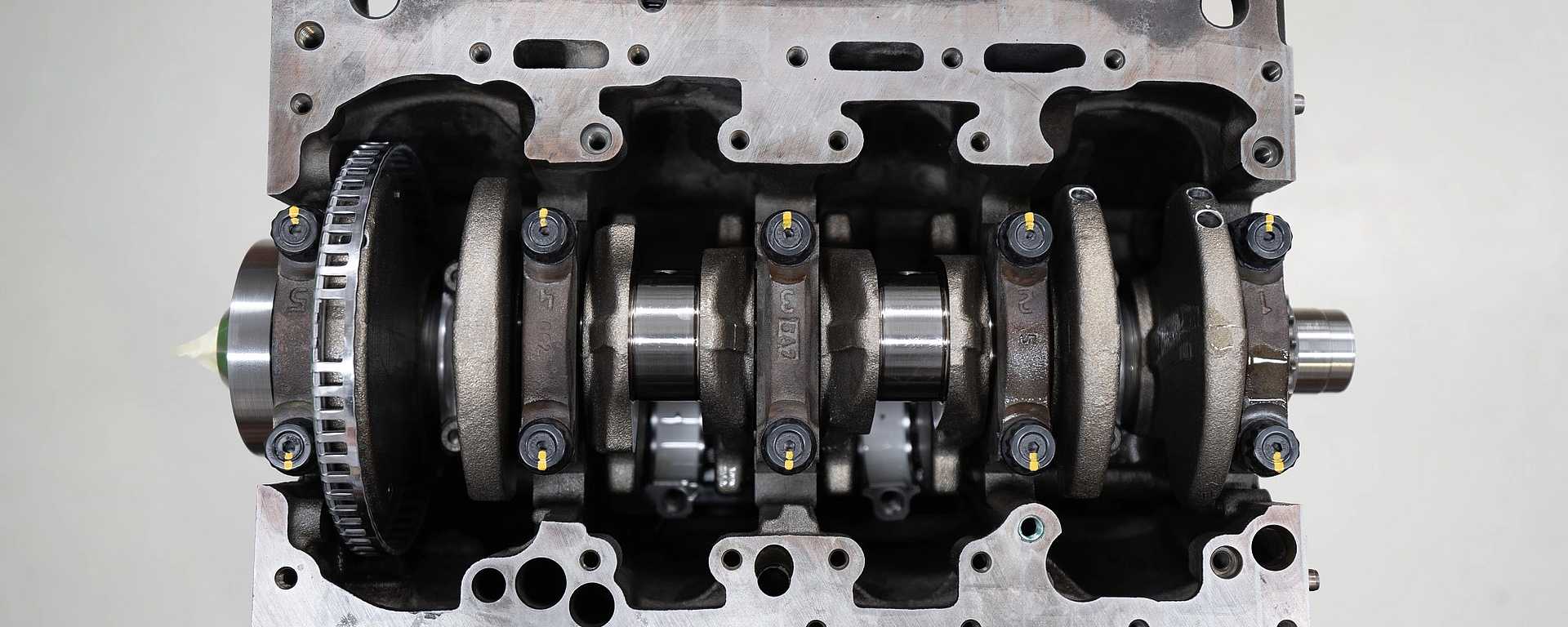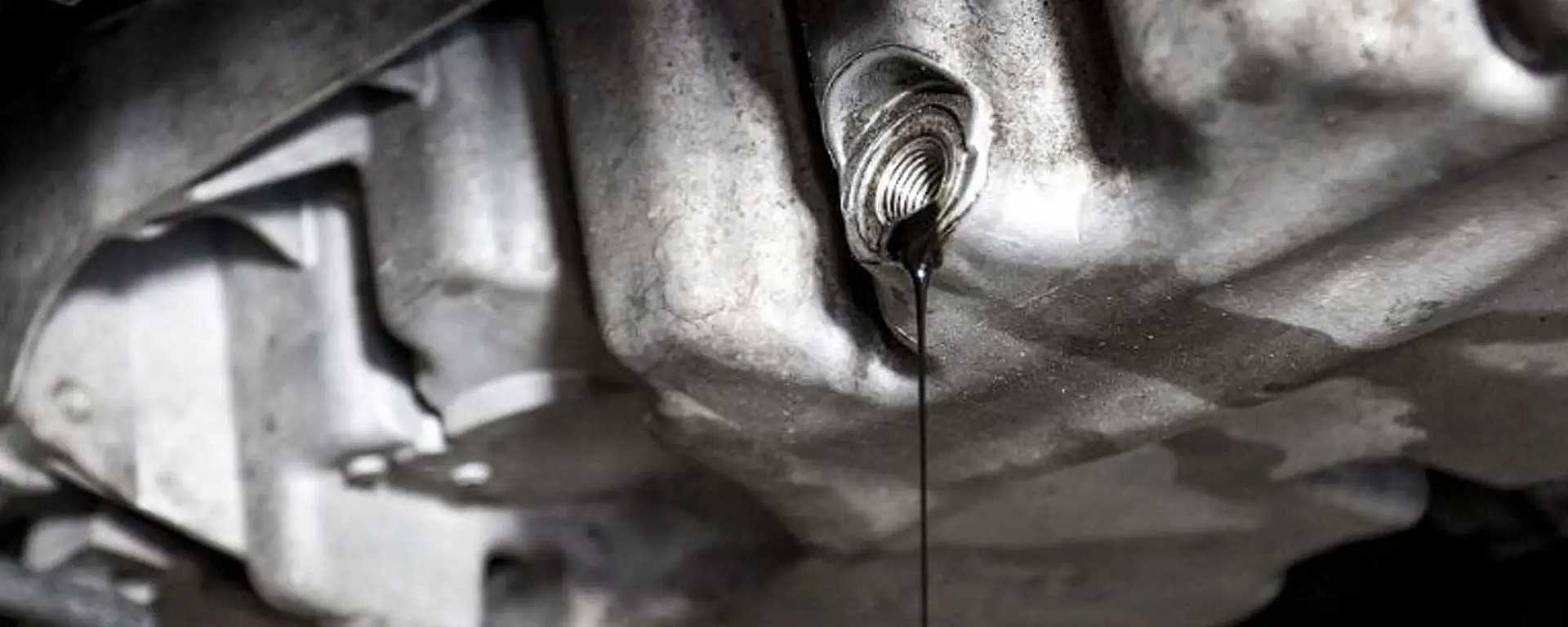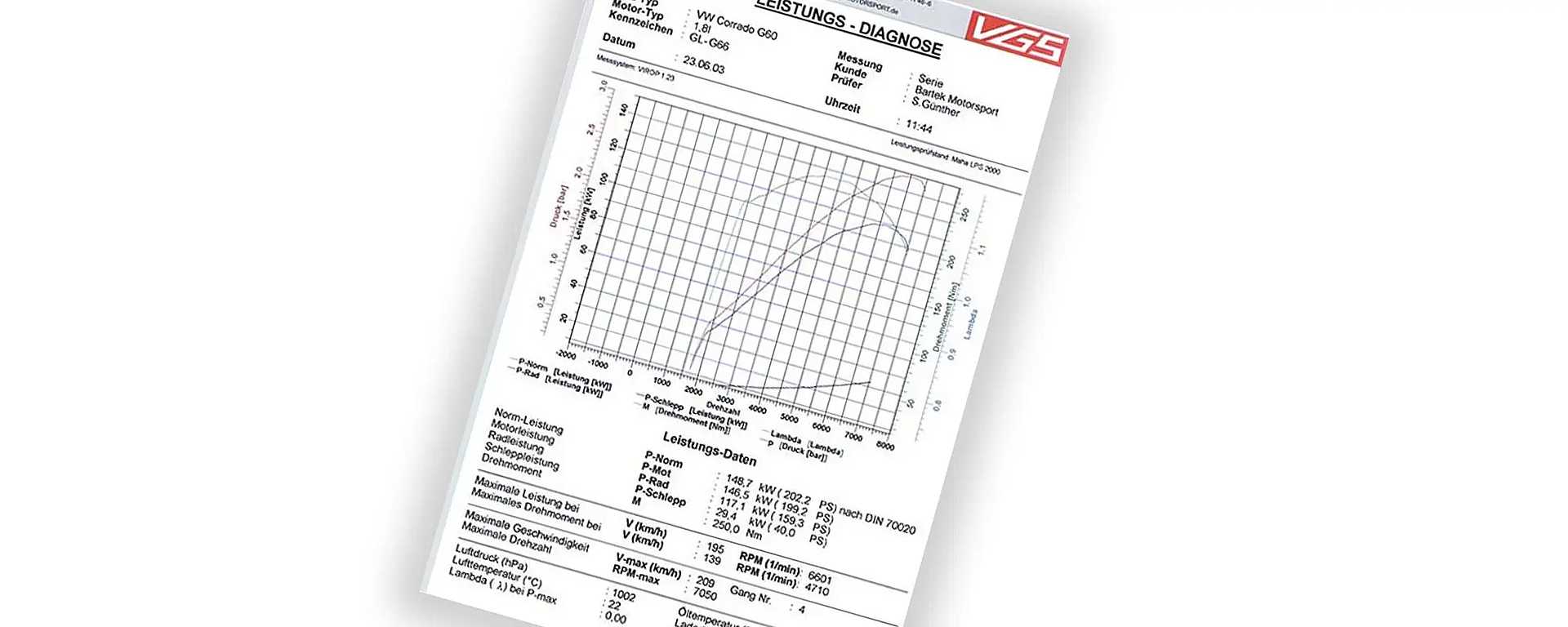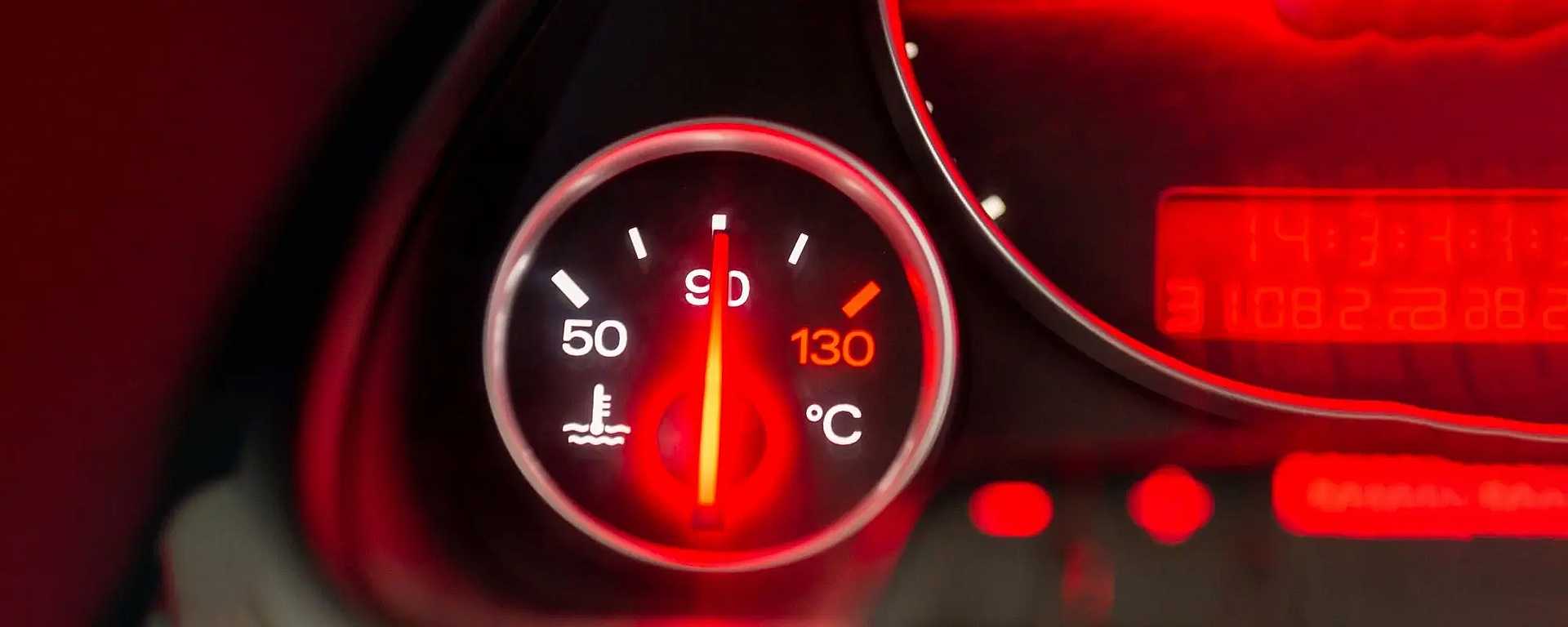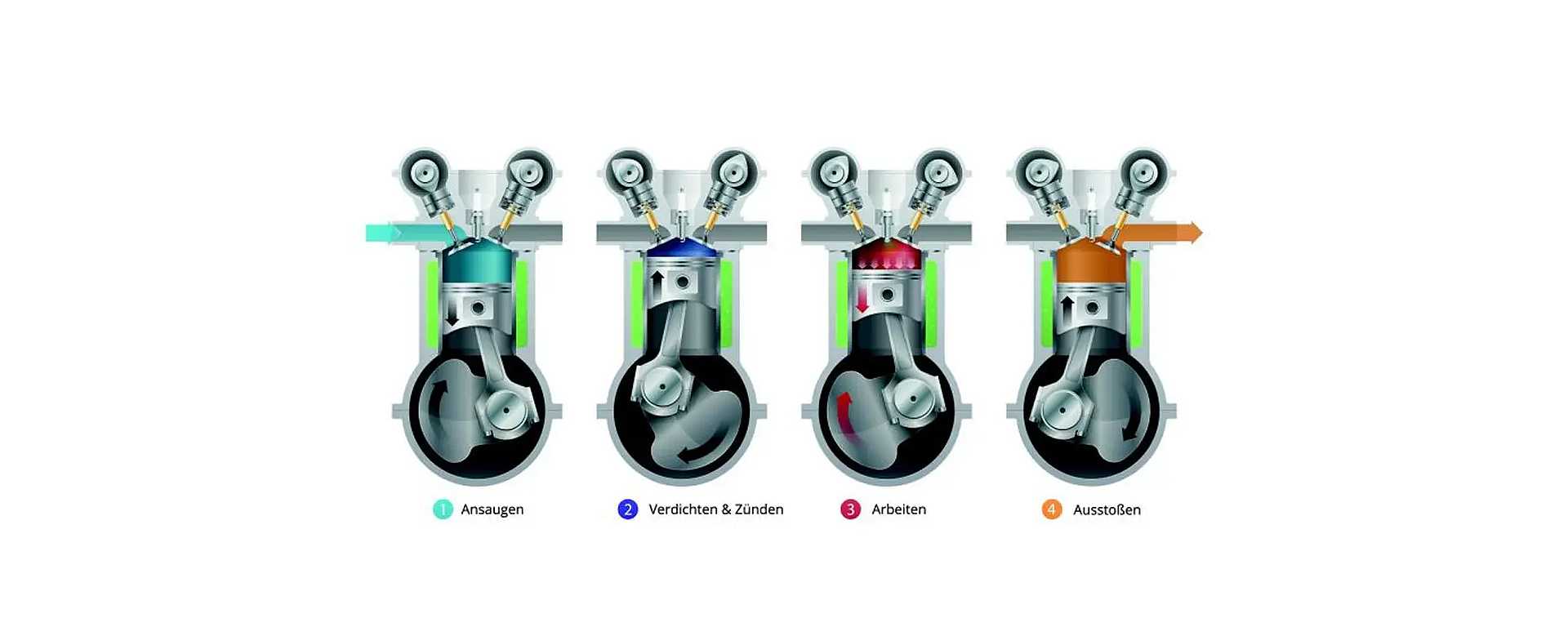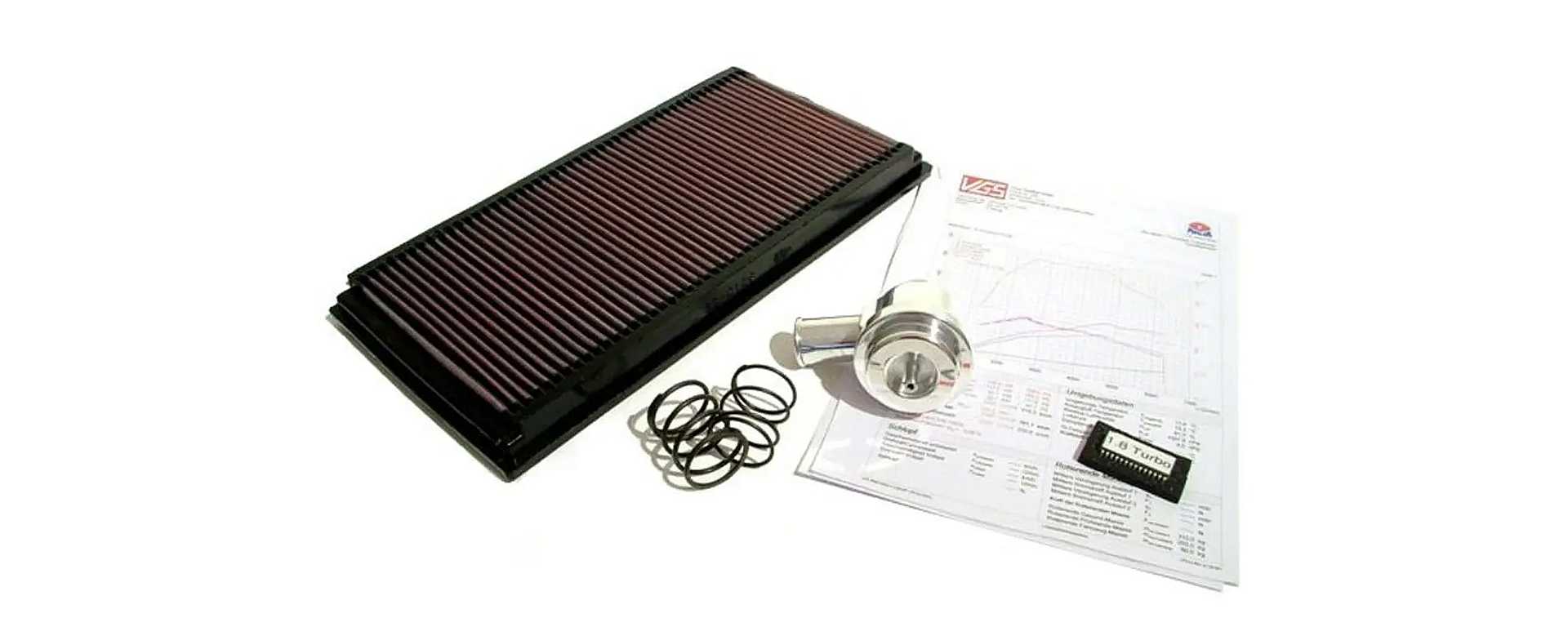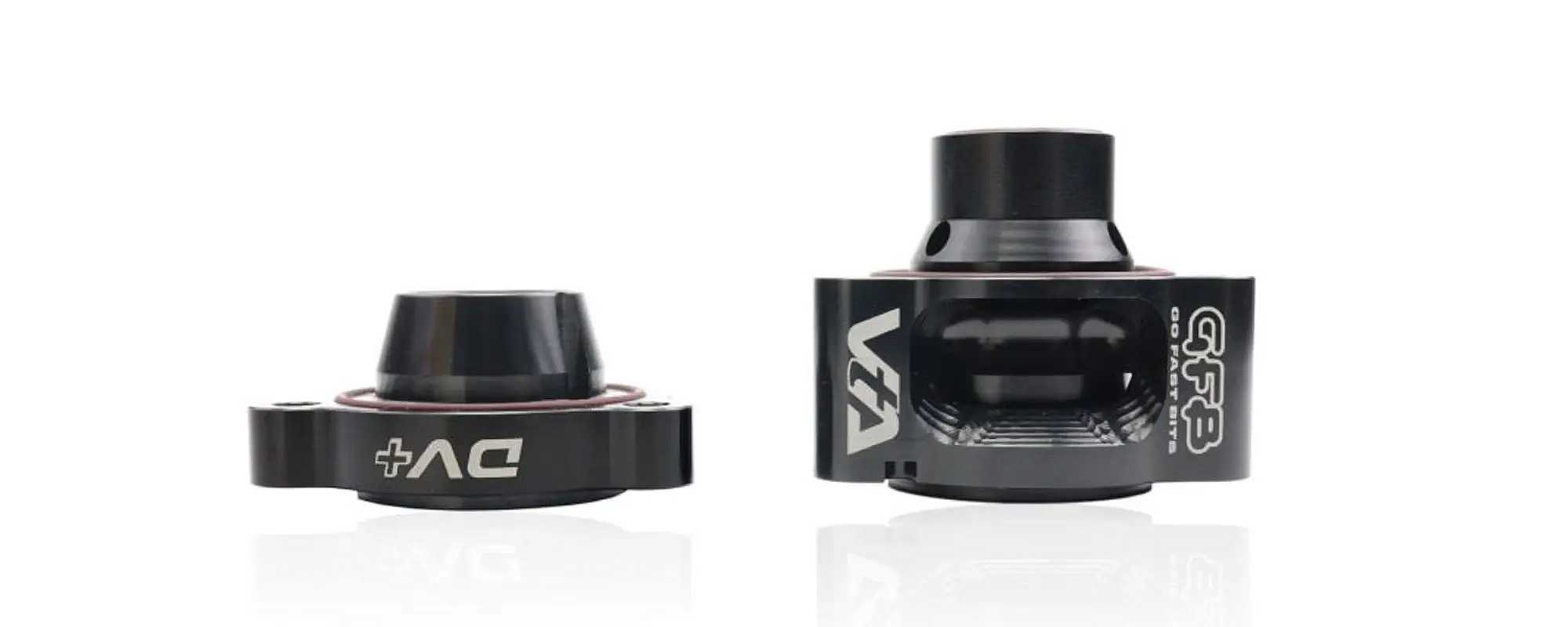

Blow-Off Valves: Legal or Illegal?
(This article refers to German regulations; be sure to check the regulations in your own country.) Blow-off valves, also call pop-off valves or dump valves, are first and foremost about sound.
Depending on the installed system, they make a fizzing sound, sometimes followed by a screaming creak. Some tuning enthusiasts love it; others just find it irritating. But the most common question people have is about approval: are blow-off valves actually allowed and how are they handled in a TÜV (vehicle inspection)? We’re going to tell you!
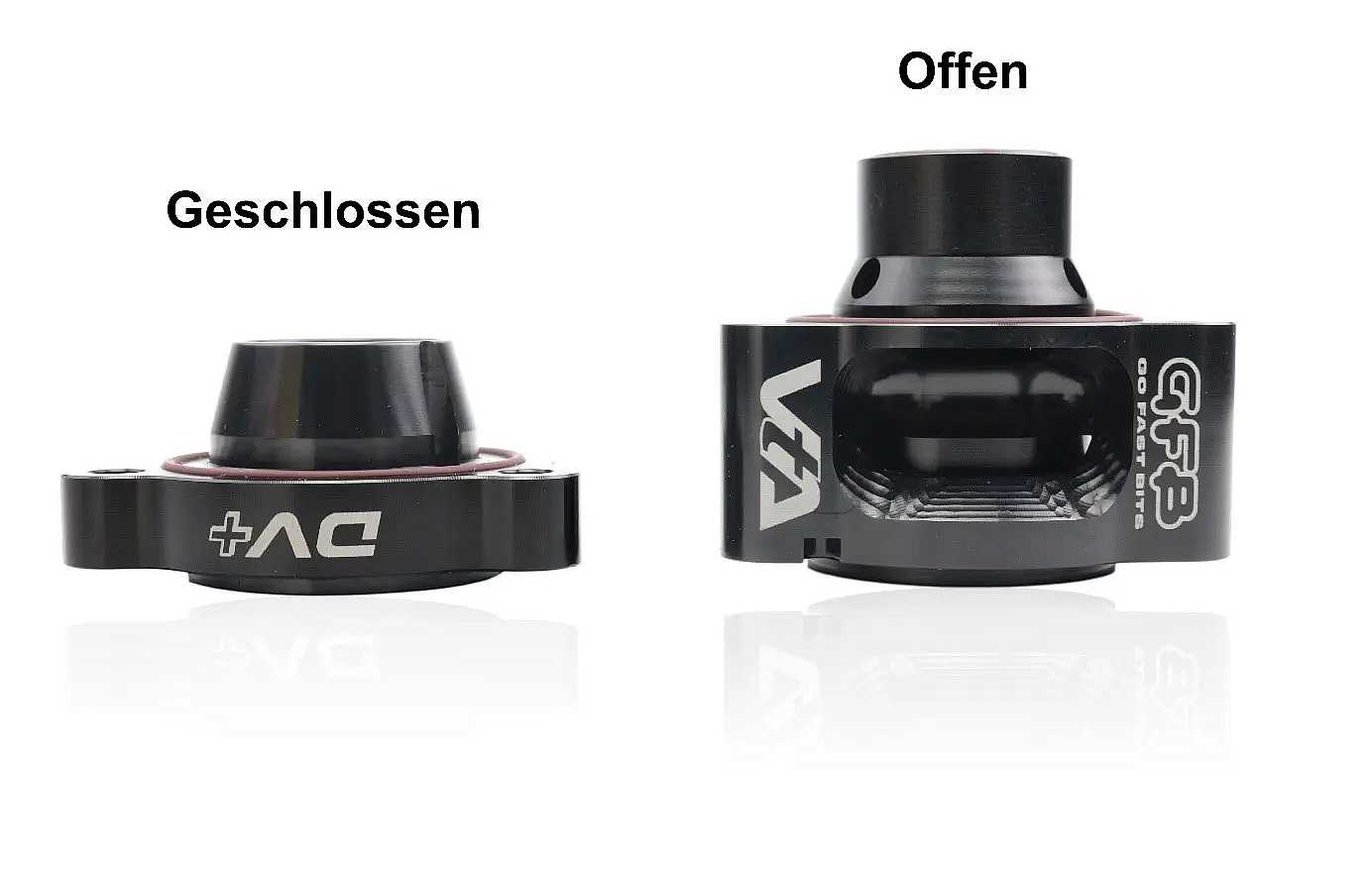
What does a blow-off valve actually do?
Why is blow-off valve approval such a big deal? The first step in understanding that is to understand why the valve is there. This small component has lots of names that give you a pretty good idea about what it does:
- Dump valve
- Pop-off valve
- Blow-off valve
- Relief valve
It’s there to let excess pressure out of the intake manifold when you take your foot off the gas after accelerating. At this point, the turbocharger has built up some boost pressure and is still turning, which produces yet more boost pressure. Blow-off allows the turbo to go on turning without blasting boost pressure into outer space. And from your perspective, it means there’s still sufficient boost pressure when you put your foot back on the accelerator. Furthermore, it keeps the whole system running nicely, i.e. without a blow-off valve, the compressed air would flow back to the turbo and slow down the compressor wheel, causing material fatigue and wear, not to mention a drop in performance.
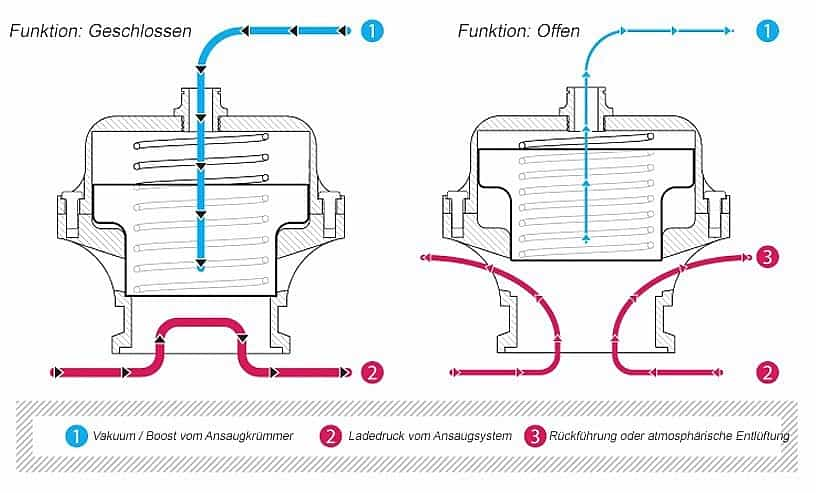
Open and closed blow-off valves
There are two types of pop-off valves: open system and closed system. With the closed version: The second you take your foot off the gas, a vacuum forms in the intake manifold and the piston in the blow-off valve rises, taking the air back upstream of the air mass flow meter, i.e. back upstream of the turbocharger in the intake manifold. So, the closed pop-off valve system allows the air to circulate. This system does not produce the familiar fizzing sound that the open system does. The downside of closed systems: As explained above, the air circulates, which means it’s taken back to the turbocharger and slows down the turbine. These days, the consequences for the turbo are far less dire, because turbos are much more robust than they used to be. That said, note that when the throttle valve is closed, the air simply can’t escape from the system so easily, and it has to go somewhere.
With open systems, the compressed air doesn’t circulate. Instead, it’s discharged before it can reach the compressor. This relieves the excess pressure (the air is simply vented into the atmosphere), and that’s when you hear the familiar ‘psshh’. But what some tuning fans fail to realize before opting for the open system is that they’ll hear this noise every time they change gear or take their foot off the accelerator.
The open system also has a specific downside: The air mass flow meter measures the volume of the intake air. So if the blow-off valve now lets air out, the lambda values are suddenly wrong and while trying to compensate, the engine loses power, the revs go up, and you’re stuck going back and forth like that. You’ll also notice that the car is idling noisily and its response is generally poor. You can fix this by increasing the pretension of the valve piston via the spring on the valve head. This keeps the piston closed when idling, and the noise goes away.
Ready to ship immediately!
Retrofitted blow-off valves
If you want to ward off boost pressure risks from the start, it’s advisable to retrofit the pop-off valve. Upgrading the valve means it will be able to withstand even the extreme performance of motorsport, and you’ll be able to reach – and maintain – extreme boost pressures. Our performance valves are designed so that the boost pressure itself (rather than the spring) compresses the piston. They also improve response and reduce turbo lag.
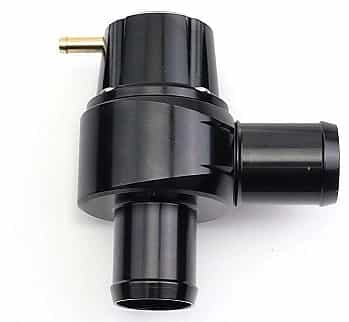
When does the blow-off valve come into play?
Given its function, you’ll obviously only find a blow-off valve in turbocharged engines, including mass-produced vehicles. But factory-installed systems are always the closed version. If you decide to retrofit a turbo, you have the option of either an open or closed valve system. And that’s exactly when the legality issue comes back into play.
Ready to ship immediately!
Ready to ship immediately!
Are open blow-off valves legal?
As explained earlier, you get the closed system as standard because otherwise, the turbo wouldn’t function sensibly without the dump valve. What you don’t get with series vehicles is the popular fizz of the open blow-off system. In Germany, it’s actually illegal because the volume exceeds the ever-lower limits set by the latest legislation. So you’ll mainly find this system in motorsport. If you’re on the point of making a decision, think twice. If you’re driving on public roads you’ll certainly attract attention, but you’ll also attract the law.
Conclusion
On public roads, only closed-system blow-off valves are legal, so open versions are mainly used in motorsport or show vehicles.
Questions?
If you’d like more information on the little valve that packs a big punch, check out our dump valve guide. If you have any questions, just send us a chat message. We look forward to hearing from you!

